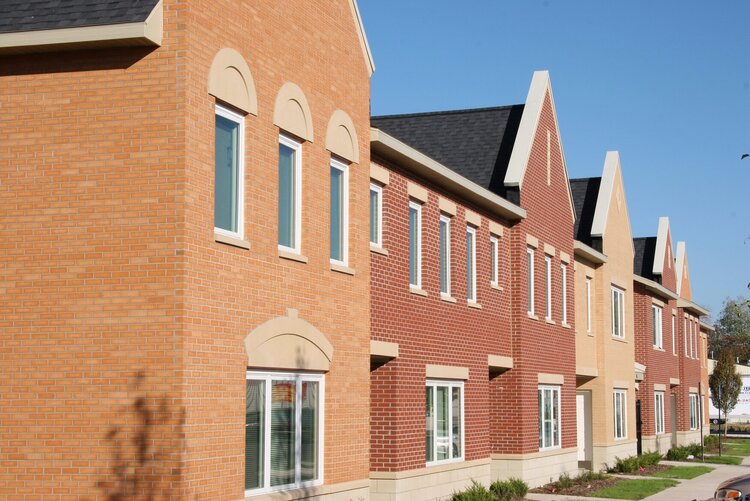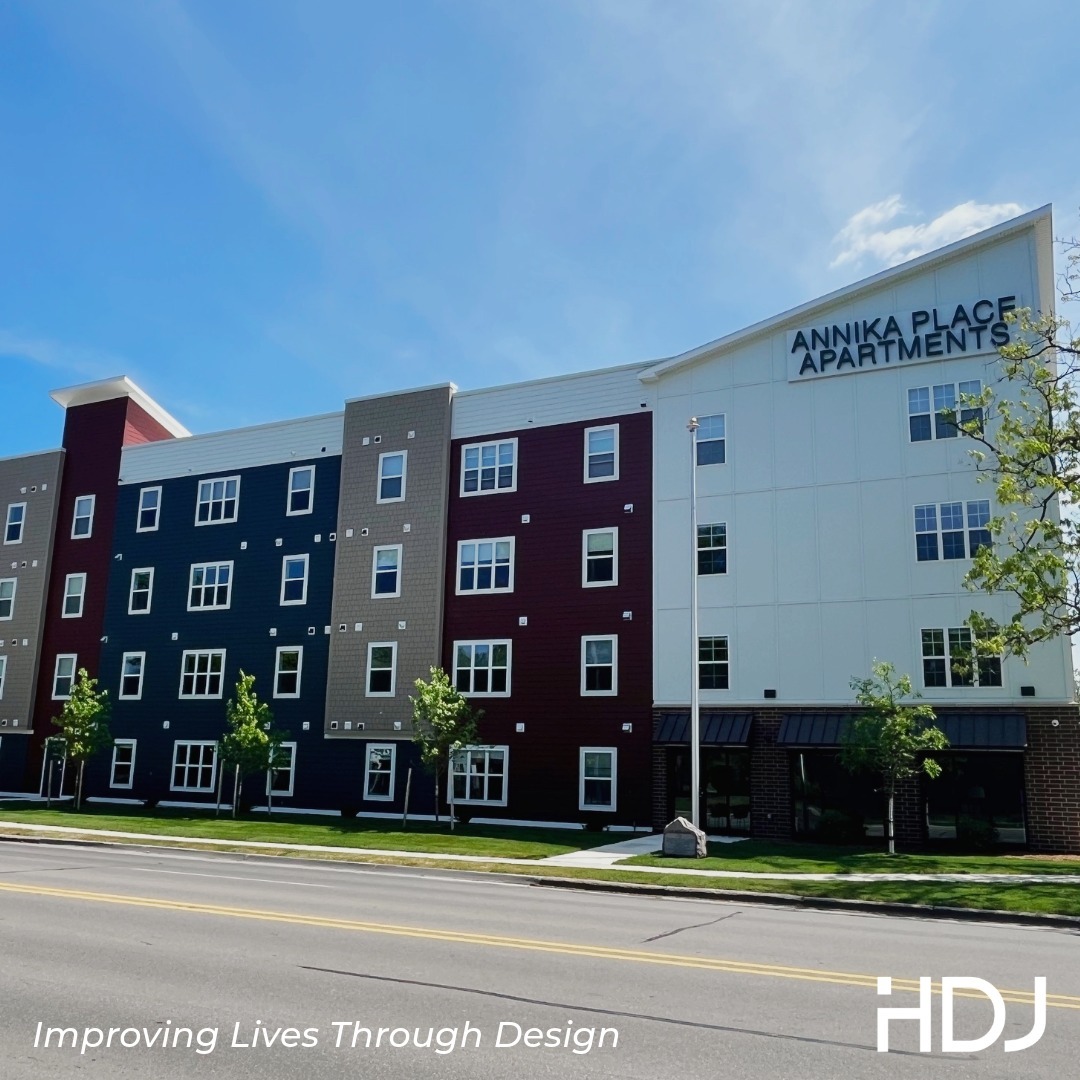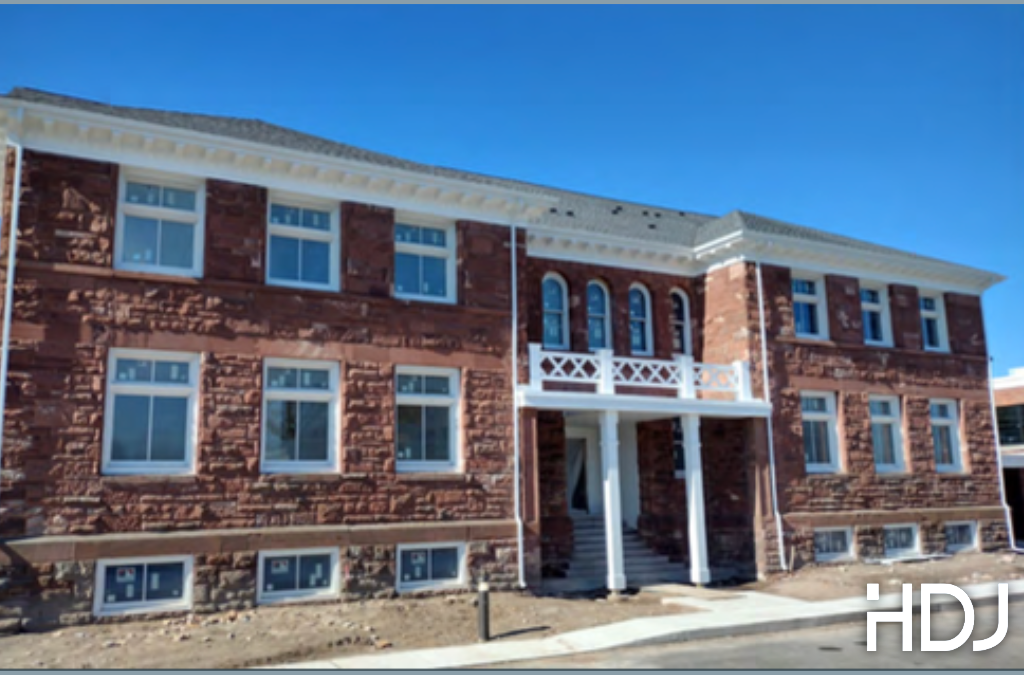In 2010, it was estimated that public housing authorities (PHAs) across the country needed $26 billion in capital improvements. To combat this serious problem, Congress created the Rental Assistance Demonstration (RAD) program as part of the Consolidated and Further Continuing Appropriations Act of 2012. RAD allows public housing authorities to convert their units to long-term Section 8 rental assistance contracts. In 2018, Congress increased the number of units available for a RAD conversion to 455,000.
RAD is a powerful tool for public housing authorities for two primary reasons:
- Long-term Section 8 contract rents allow for greater debt and equity financing options; and,
- RAD allows for a variety of redevelopment options to address the backlog of deferred maintenance.
Because of the method PHAs collect rents and receive subsidies, a PHA property’s income and revenue are not consistent or easy to determine. This lack of certainty presents a challenge for lenders to provide financing to PHAs. A Section 8 contract minimizes the uncertainty by leading to consistent rents, adjustments for inflation, and indefinite contract length. Some of the financial products available to PHAs and their development partners are 4% and 9% LIHTC, historic tax credits, HOME, and CDBG.
Because of the new financial tools at the disposal of a PHA, RAD provides a variety of redevelopment options. As long as there is a one-for-one replacement of units, a PHA can build new units or rehab old properties. A few of the benefits RAD provides to PHAs include:
- Decreasing the density of their developments
- Moving assistance to targeted neighborhoods and other properties
- Promoting mixed-income communities
- Stabilizing revenue
- Creating more efficient property management operations
RAD is a verifiably successful affordable housing program for all-sized PHAs throughout the United States. As of 2018, 93,000 units had been converted using the RAD platform. That’s nearly $5.44 billion in construction investment. Aside from the obvious benefits to PHAs, the economy, and the affordable housing industry, 93,000 families now have safer and higher quality living accommodations.
HDJ, Inc. is a leading national design firm providing architectural and engineering expertise to support the affordable housing industry throughout the United States. HDJ’s diverse portfolio includes successful outcomes with adaptive reuse renovation, acquisition rehab, new construction, historic preservation and RAD. Contact HDJ to learn more about how we can support your affordable housing needs.
Author: Josh Hahn




